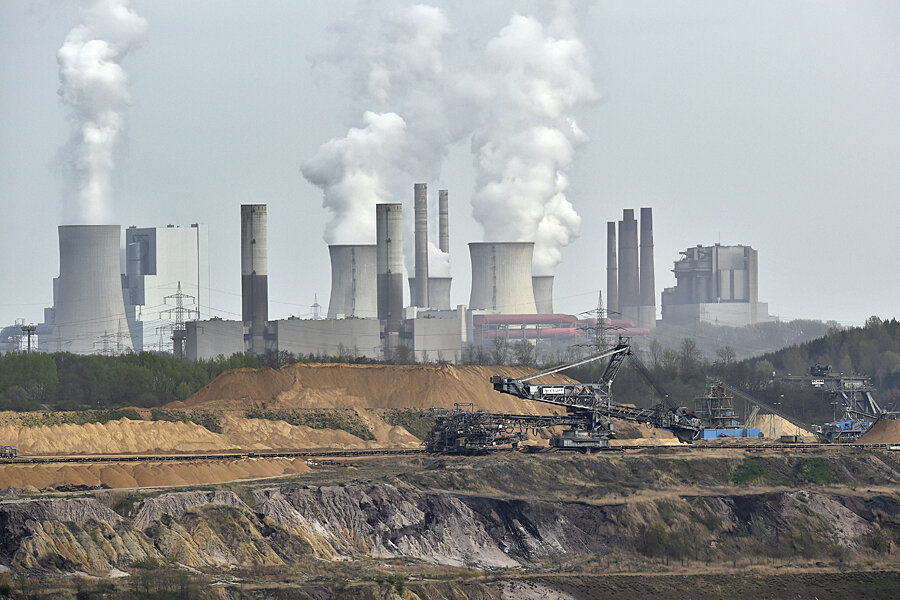Climate change: Carbon dioxide levels at record high, UN says
Loading...
| GENEVA
Carbon dioxide levels in the atmosphere reached a record high in 2013 as increasing levels of man-made pollution transform the planet, the U.N. weather agency said Tuesday.
In an annual report, the World Meteorological Organization said that carbon dioxide, the heat-trapping gas blamed for the largest share of global warming, rose to global concentrations of 396 parts per million last year, the biggest year-to-year change in three decades.
That's an increase of 2.9 ppm from the previous year — and is 42 percent higher than before the Industrial Age, when levels were about 280 parts per million. The 2012 level was itself up 2.2 ppm from a year earlier.
"We know without any doubt that our climate is changing and our weather is becoming more extreme due to human activities such as the burning of fossil fuels," said WMO Secretary-General Michel Jarraud. "Time is not on our side, for sure."
“The Greenhouse Gas Bulletin shows that, far from falling, the concentration of carbon dioxide in the atmosphere actually increased last year at the fastest rate for nearly 30 years," Mr. Jarraud said in a press release. "We must reverse this trend by cutting emissions of CO2 and other greenhouse gases across the board,” he said. “We are running out of time.”
The report also said the rate of ocean acidification, which comes from added carbon absorbed by oceans, "appears unprecedented at least over the last 300 million years."
Between 1990 and 2013, carbon dioxide and other gas emissions caused a 34 percent increase in the warming effect on the climate, the report said.
The warming effect, or "radiative forcing," measures the net difference between the sunlight that the Earth absorbs and the energy it radiates back into space. More absorption leads to higher temperatures.
After carbon dioxide, methane has the biggest effect on climate. Atmospheric concentrations of methane reached a new high of 1,824 parts per billion in 2013, up 153 percent from pre-industrial levels of about 700 parts per billion.
About 40 percent of the methane comes from natural sources such as termites and wetlands, but the rest is due to cattle breeding, rice agriculture, fossil fuel burning, landfills and incineration, according to the agency.







